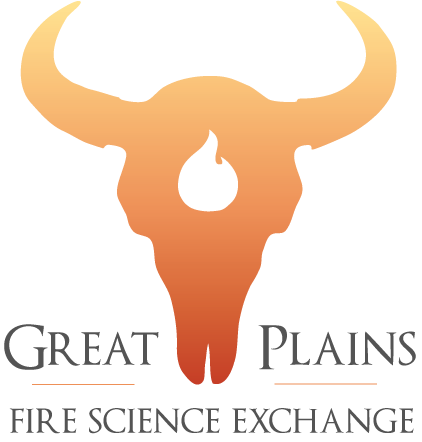A new study [2019] from University of Nebraska-Lincoln ecologist and Working Lands for Wildlife partner, Dirac Twidwell, synthesized decades of research on the growing impact of invading conifers.
The Great Plains cover one-fifth of America and provide critical farming and agricultural lands, while hosting numerous grassland-dependent species, like the lesser prairie-chicken. Comprised predominantly of grasslands, the Great Plains depended on regular low-severity fire, which removed woody plants and maintained native grass cover. As historic fire regimes have been altered through fire suppression and land conversion, woody plants like eastern redcedar, Ashe juniper, and mesquite have moved into rangelands at an alarming and increasing rate.
This vegetation conversion is a national issue given how it affects the economies of several states that play key roles in agricultural production and wildlife habitat.
For more information visit: here or see attached document

